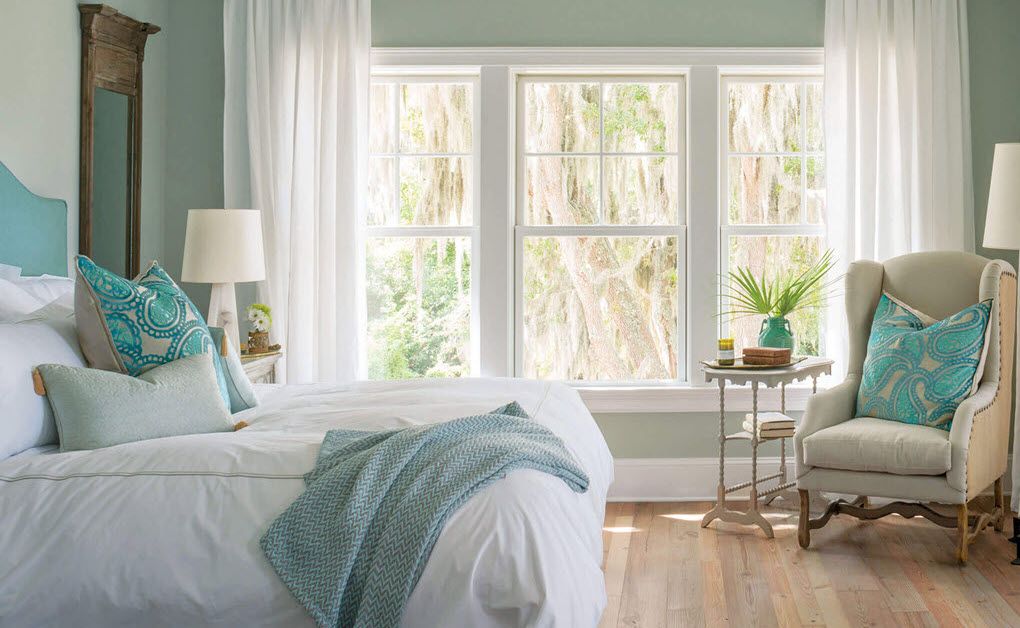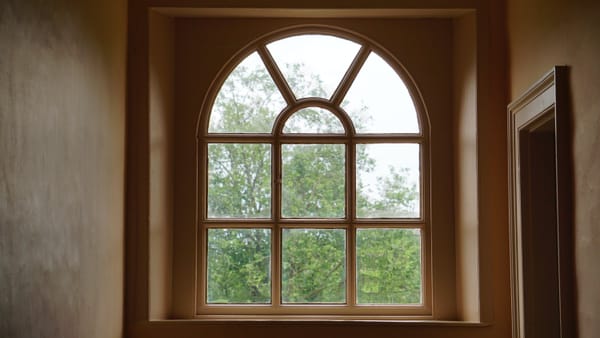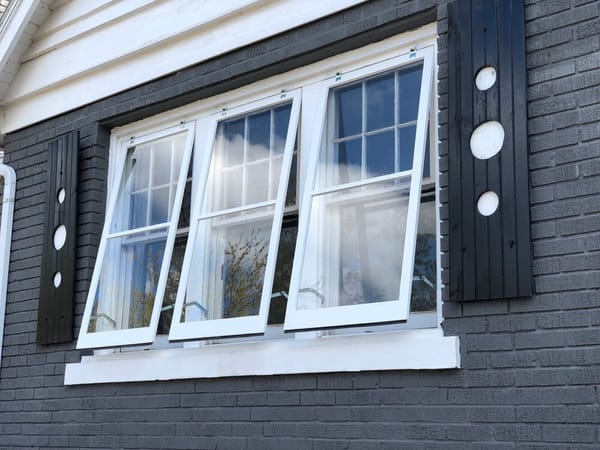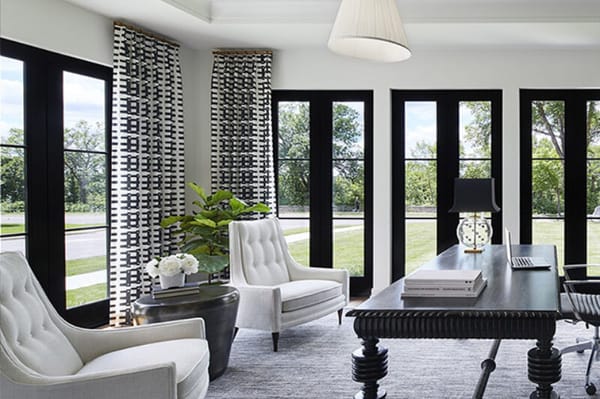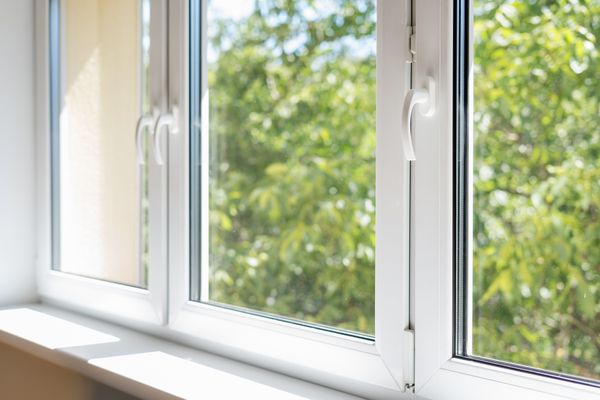The quest for eco-living and sustainability starts at home. One critical aspect of going "green" is enhancing your home's energy efficiency. And a key component often overlooked is the choice of window frames and glazing options.
In this article, window replacement Edmonton experts will compare the current popular window frames such as wood, vinyl, aluminum, and fibreglass and discuss the glazing options to help homeowners make informed decisions and optimize their home's energy efficiency, contributing to a sustainable future.
Wood Window Frames: Embrace the Charm of Nature's Insulator
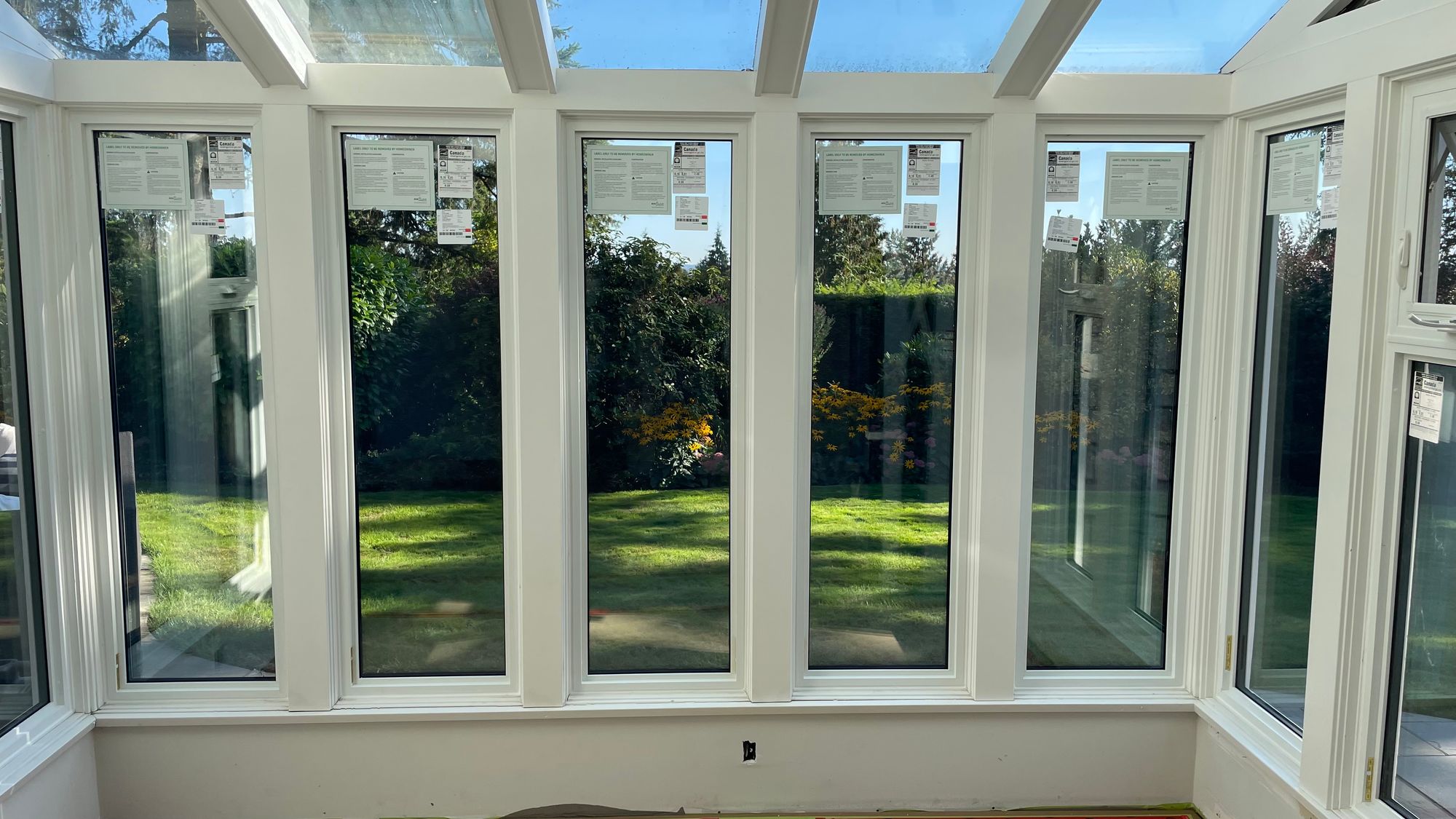
Wood windows offer a timeless, aesthetically appealing look that adds warmth and character to your home. As a natural insulator, wood provides excellent energy efficiency, reducing heat loss during colder months and keeping your home cooler during hot weather.
But this material requires regular maintenance, including painting or staining to prevent rot and insect damage. Additionally, wood can warp or swell due to moisture, which may affect the window's seal and decrease its energy efficiency.
To enhance the energy efficiency of wood frames, consider using treated or engineered wood, which is more resistant to moisture and insect damage. Additionally, look for wood windows with the ENERGY STAR label, ensuring they meet the energy-efficiency guidelines set by the industry's strict energy requirements.
Vinyl Window Frames: The Low-Maintenance, Cost-Effective Choice
Vinyl window frames are popular due to their low maintenance requirements, good thermal insulation, and affordability. These frames are made from polyvinyl chloride (PVC), which resists weathering and doesn't require painting or staining.
Vinyl windows can be considered eco-friendly due to their energy-saving properties and advancements in recycling technologies. According to experts from Ecoline Windows Edmonton, vinyl windows offer good thermal insulation, reducing heat loss in winter and heat gain in summer, which lowers energy consumption and greenhouse gas emissions. Homeowners love these windows since the initial investment is more affordable compared to any other window types, while the benefits are still decent.
Furthermore, the EPA encourages recycling old vinyl windows, reducing landfill waste and promoting resource conservation. Manufacturers can reduce their environmental impact by using recycled PVC in window production.
To ensure your vinyl windows provide the best energy efficiency, look for features such as:
- Multiple air chambers within the frame
- Fusion-welded corners
- ENERGY STAR certification
- NRFC-certification
- SuperSpacer technology
- Thick PVC Profile Walls
Aluminum Window Frames: Lightweight Strength with Recycling Potential
Aluminum window frames are lightweight and strong, making them suitable for large or uniquely shaped windows. Additionally, aluminum is a recyclable material, reducing its environmental impact when adequately disposed of.
Aluminum's primary drawback is its poor thermal insulation, which can result in higher energy costs for heating and cooling. Condensation can also be an issue, potentially leading to mould growth and reduced indoor air quality.
- To improve the energy efficiency of aluminum window frames, look for frames with thermal breaks – insulating materials that separate the interior and exterior sections of the frame, reducing heat transfer.
- Choosing windows with the ENERGY STAR certification, as with other materials, will ensure optimal energy performance.
Fiberglass Window Frames: The Long-Lasting, Eco-Friendly Insulator
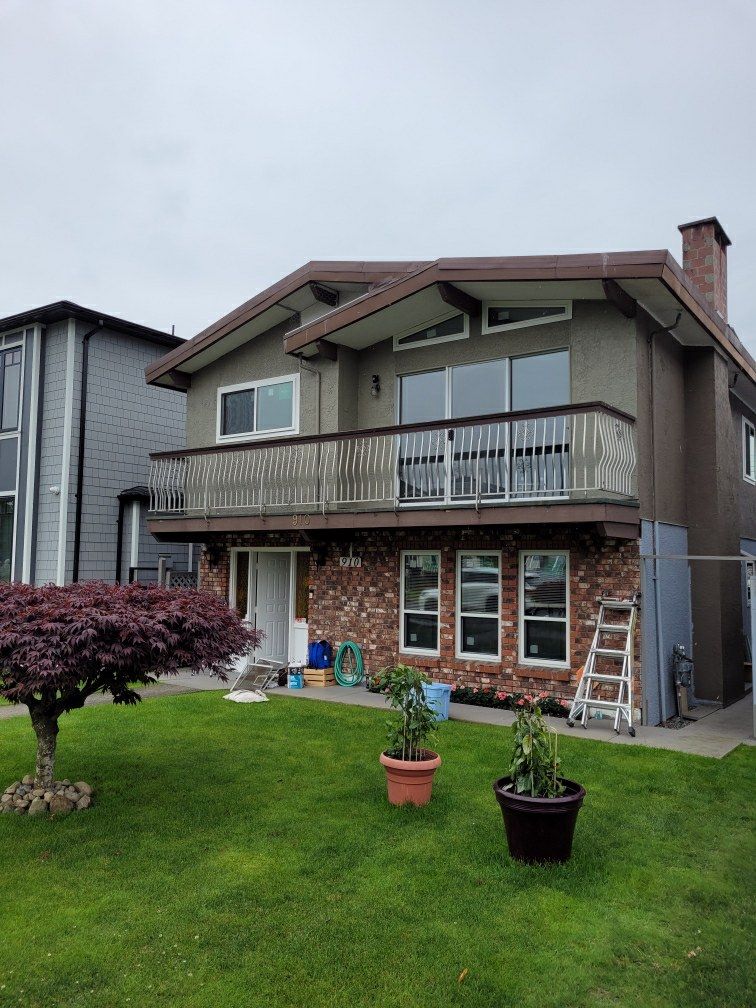
Fibreglass window frames offer excellent thermal insulation, durability, and low maintenance. They are made from glass fibres and resin, which can be produced with a lower environmental impact than some other materials.
The main disadvantages of fibreglass frames are their higher upfront cost and limited availability compared to other window frame materials. However, their longevity and low maintenance requirements can offset these initial expenses.
When shopping for these window models, look for frames with foam-filled cores for added insulation and choose windows that meet local energy requirements to ensure the best energy performance.
Glazing Options: Double vs Triple Glazing – Balancing Efficiency and Cost
Selecting the right glazing type is crucial for energy efficiency because it directly impacts a window's ability to insulate and regulate heat transfer. Proper glazing can minimize heat loss during winter and reduce heat gain during summer, resulting in lower energy consumption for heating and cooling.
Double and triple glazing, along with Low-E coatings, can significantly improve thermal performance compared to old single-glazed windows. By choosing the appropriate glazing type based on local climate and insulation needs, homeowners can enhance their home's energy efficiency, lower energy costs, and contribute to a more sustainable, eco-friendly living environment.
- Double-glazed windows consist of two panes of glass separated by a gap filled with air or inert gas, such as argon or krypton. These windows significantly reduce heat loss compared to single-glazed windows and are the standard energy-efficient choice. To further improve energy performance, consider windows with low-emissivity (Low-E) coatings, which minimize heat transfer.
- Triple-glazed windows have three panes of glass and offer even better insulation than double-glazed windows. While these windows provide superior energy efficiency, they also come with higher upfront costs and may not be necessary for milder climates.
Weighing Your Options: Factors to Consider
When choosing between double and triple glazing, consider factors such as your local climate, your home's insulation, and your budget.
- Triple glazing may be worth the investment for homes in colder climates or those with less insulation. These models are 15% more expensive than double-pane units but might be up to 50% more efficient.
- However, double-glazed windows with Low-E coatings may provide sufficient energy efficiency at a lower cost for milder climates or homes with adequate insulation.
How to Make the Right Choice for a Greener Home: Takeaways
Window frames and glazing options significantly affect your home's energy efficiency and overall eco-friendliness. By understanding the advantages and drawbacks of wood, vinyl, aluminum, and fibreglass window frames, as well as the differences between double and triple glazing, you can make an informed decision that aligns with your sustainability goals.Remember to look for the ENERGY STAR label when choosing windows, as this ensures they meet the industry's energy-efficiency guidelines. Moreover, remember to deal with reliable window installation specialists since even the best windows will perform poorly if installed incorrectly. By selecting the right window frames and glazing options, you can contribute to a greener, more sustainable future while enjoying the benefits of a comfortable and energy-efficient home.

